Somawathiya Rajamaha Viharaya: A Sacred Jewel of Sri Lankan Buddhism
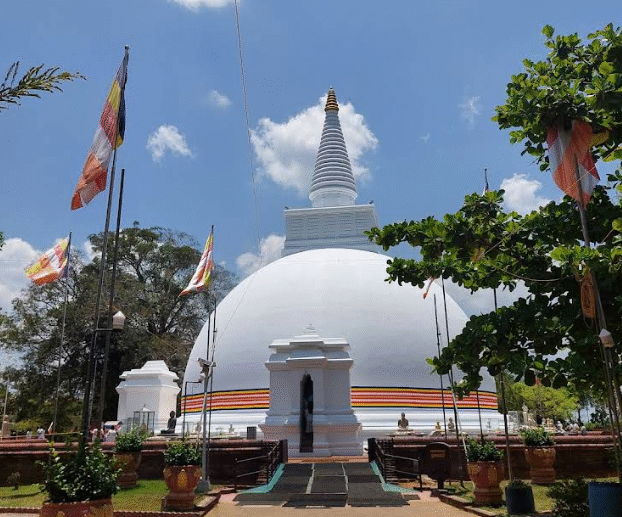
Somawathiya Chaitya, located close to Polonnaruwa, is one of the most revered and ancient Buddhist stupas in Sri Lanka with a rich history and deep religious significance. Below is a more detailed study of its history and significance.
Historical Background
Construction and Era: It is believed that the stupa was built in the reign of King Kavantissa, Magama Kingdom king in the 2nd century BCE. King Kavantissa was the father of famous King Dutugemunu who later unified Sri Lanka on Buddhist lines.
Somawathiya Chaitya predates stupas like Ruwanwelisaya, Mirisaveti Vihara, or Jetawanaramaya, marking the significance of early times in island Buddhism history.
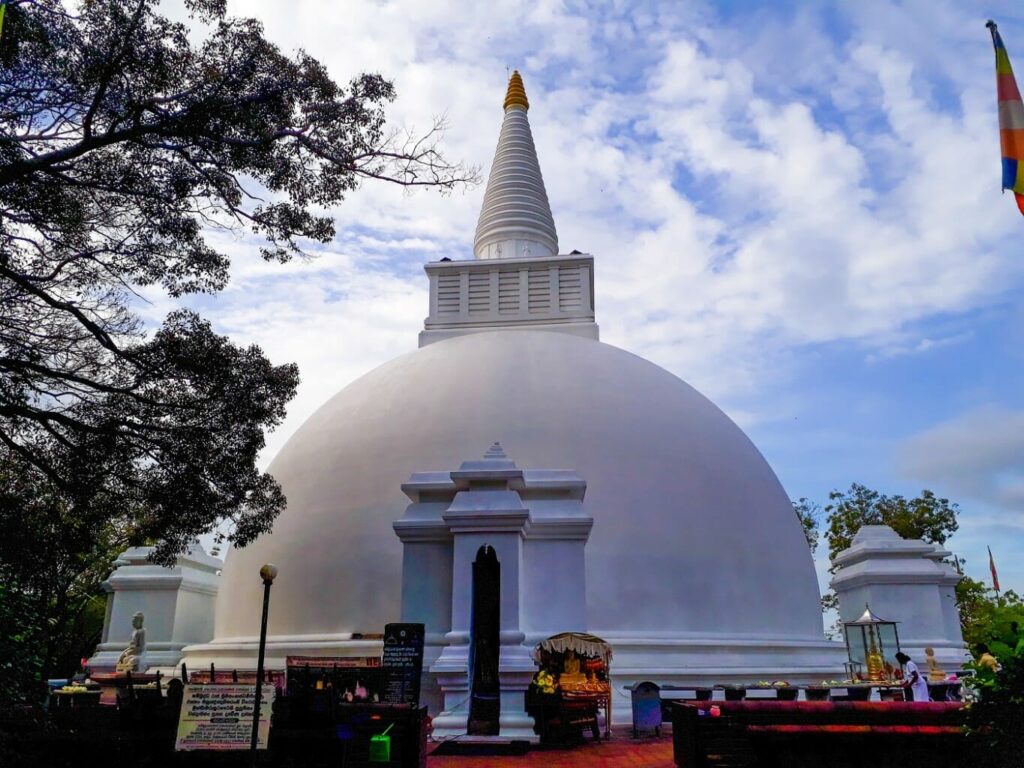
Enshrined Relic
The stupa houses the right canine tooth relic of the Buddha, one of four holiest tooth relics of the Buddha. These are revered as sacred symbols and are kept in Sri Lanka, and it is considered an essential part of the nation’s enduring Buddhist heritage.
The existence of this sacred relic renders the stupa a prime pilgrimage site, with pilgrims coming from all over Sri Lanka and even internationally.
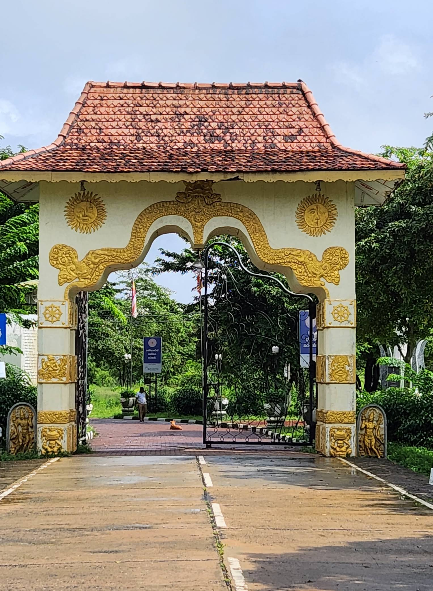
Location and Surroundings
Somawathiya Chaitya lies on the left bank of the Mahaweli River, which makes its setting calm and serene. The stupa lies in the Somawathiya Forest Reserve, which adds to its quiet and isolated surroundings.
The surrounding natural beauty with the river and dense woods is the perfect place for meditation and contemplation, giving tourists a sense of spiritual calm and balance with nature.
Somawathiya Rajamaha Viharaya
The stupa is part of the Somawathiya Rajamaha Viharaya complex, the temple complex of the stupa. The stupa is a worship place, giving an area of spiritual refuge for people who would like to follow Buddhist tradition, for example, meditation and prayer.
Ancient and Sacred Site
Somawathiya Chaitya is not just an ancient relic; it is a natural embodiment of Sri Lanka’s Buddhist heritage. The site is a Solosmasthana, one of Sri Lanka’s 16 sacred sites that are inherently connected to the Buddha’s teachings and his remains.
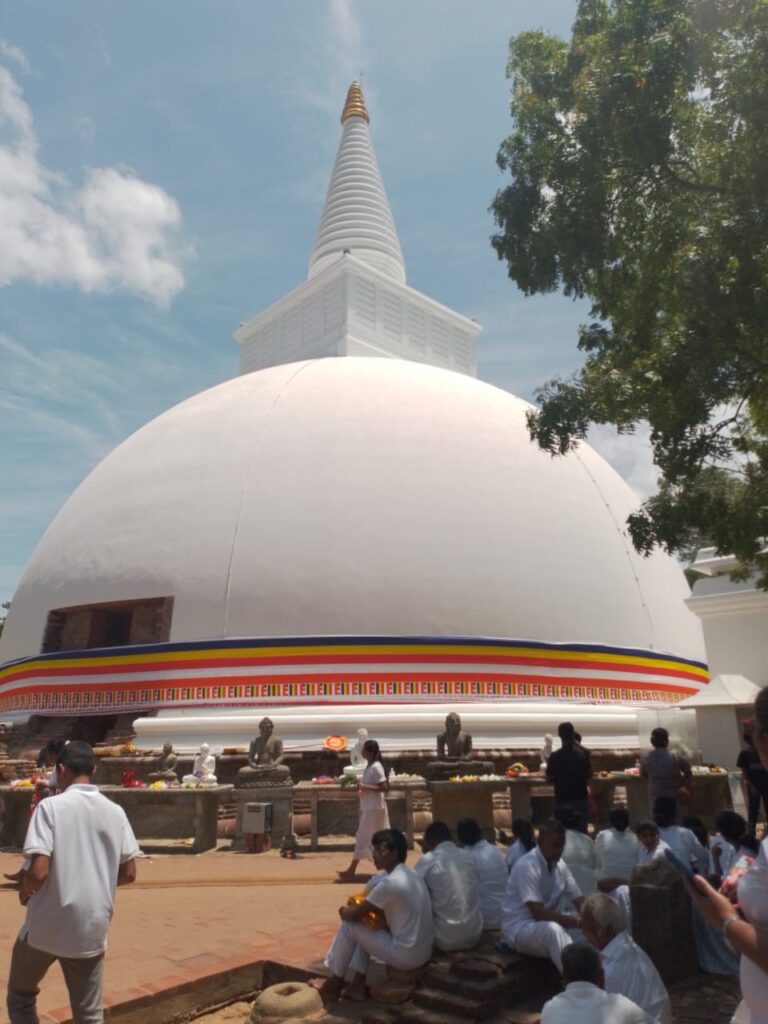
The stupa has served as a religious focal point for centuries, and its association with the relic of the Buddha places it among the most revered pilgrim sites.
Pilgrimage and Tourism
Visitors to Somawathiya Chaitya may expect both spiritual enrichment and cultural experience. The stupa is a place where pilgrims go to pay homage, pray for blessings, and reflect on the teachings of the Buddha.
Its remote location, with forest and river surrounding it, is an ideal spot for those who want to be in close contact with nature while engaging in spiritual devotion. Existing Preservation and Restoration.The Somawathiya Chaitya has been the subject of restoration efforts over the years to preserve its historical and cultural importance. It is kept in operation as a living pilgrimage center so that future generations can still offer their respects to its rich heritage.
Visiting Somawathiya Chaitya
If you are coming from Polonnaruwa to Somawathiya Rajamaha Viharaya, it is approximately a 45-minute scenic drive through rural landscape, so it is a peaceful but accessible place to go for those in search of an intense spiritual experience. The tranquility of the location, coupled with the religious and historical significance of the place, offers a good opportunity for contemplation and respect.
Generally speaking, Somawathiya Chaitya is a witness to Sri Lanka’s ancient and sacred Buddhist history, offering visitors the chance to immerse themselves in the island’s history and appreciate the peacefulness of its natural surroundings. The history of Somawathiya Chaitya is marked by a period of decadence followed by a grand restoration campaign that restored the stupa and temple to life, reinstating its position as a principal religious pilgrimage center. What follows is a minute-by-minute account of the process of decline and restoration
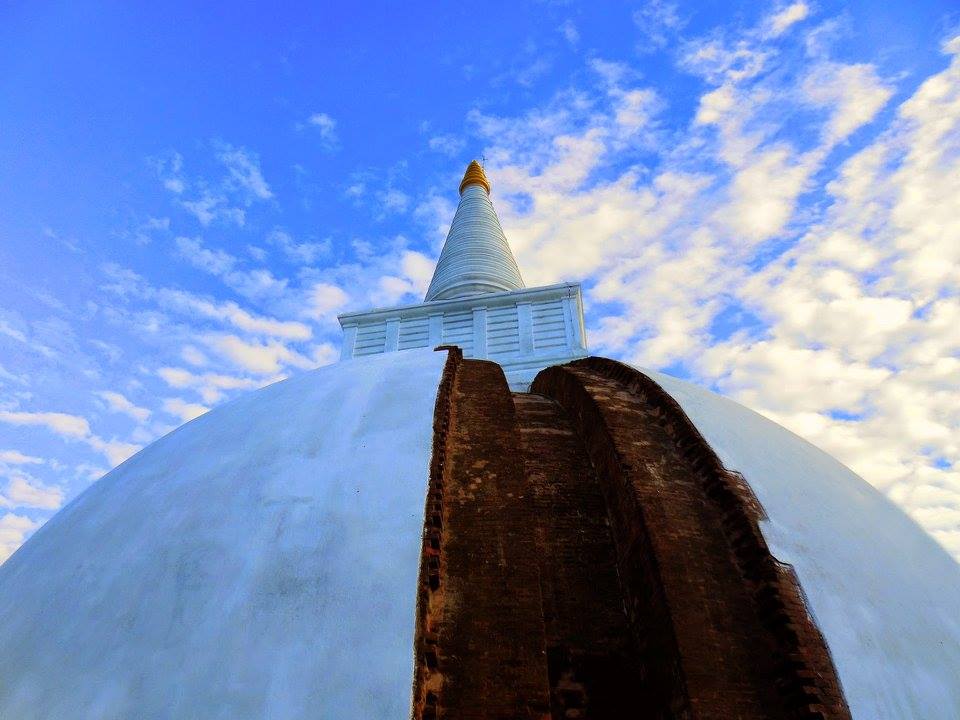
Decline after the Polonnaruwa Period
Following the Polonnaruwa Period, Somawathiya Stupa and temple were left neglected and in ruin. This decline is mainly due to outside invasions and neglect by local Buddhist populations.
Chandrabanu’s Incursion (13th Century): Chandrabanu’s incursion in the 13th century was one of the pivotal events that led to this deterioration. He was a Tamil invader who invaded the region and led to the destruction and abandonment of many religious shrines, such as Somawathiya.
Neglect by Buddhists
After these turbulent times, the site had little attention or maintenance from the Buddhist community over centuries. The site was not much taken care of until the 20th century, when temple and stupa restoration began.
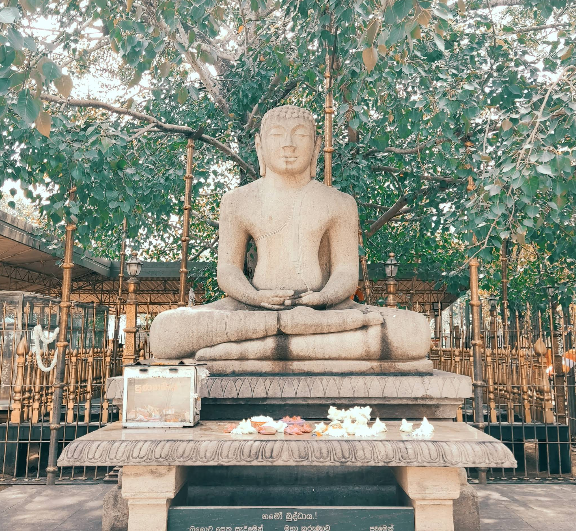
Restoration and Revival (20th Century)
In 1947, restoring Somawathiya received a significant boost as a gazette notification was made. This was to declare that the custody of the stupa and its surroundings was being given over to Ven. Sirimalvatte Sri Piyaratana Nayaka Thera by the then Governor of the British, Sir Henry Monck-Mason Moore. This was a new beginning with newer efforts and enthusiasm to restore the stupa to its original glory.
Reopened for Public Veneration (1948)
Following the gazette notification, the rebuilt stupa was opened to public worship in 1948. This marked a turning point in its revival, as it allowed pilgrims and Buddhists to visit and worship at the stupa once again, representing a restoration of spiritual and cultural importance.
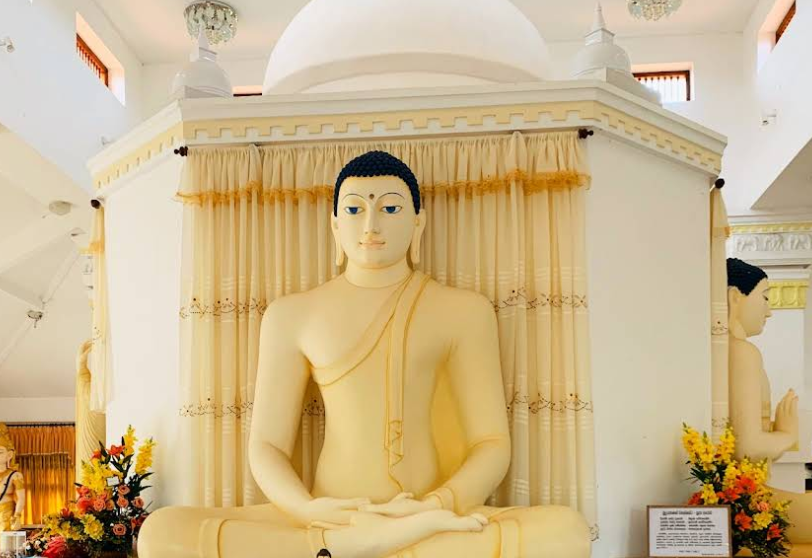
Infrastructure Development
After 1949, construction of roads and colonization started in the area around Somawathiya, which made the stupa accessible to tourists and pilgrims. Construction of the road leading to Somawathiya in 1963 also made the trip easier to this sacred site, so that it became easy for people to come and get involved with the history and spirituality of the site.
Renovation Efforts (1966)
The restoration project of the Somawathiya Stupa commenced officially in 1966 with Prime Minister Dudley Senanayake present. The restoration initiative was a timely step towards the preservation of the stupa’s cultural and historical heritage as well as ensuring that the stupa become a center of Buddhist devotion and pilgrimage.
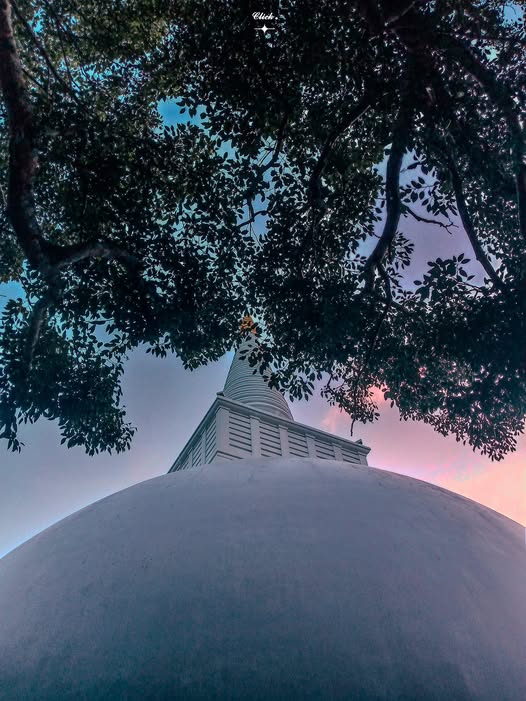
One of the most significant milestones in the restoration process was the enshrinement of relics inside the stupa in 1974. The ceremony once again established the stupa as a sacred location, linking it to the Buddha’s rich Buddhist tradition of protecting and venerating relics of the Buddha.
Pinnacle Placement Ceremony (1981)
The placing of the summit on the refurbished stupa was done in 1981 at the initiative of President J. R. Jayawardena. This final stage of restoration efforts gave the stupa its completed and iconic appearance, marking the building’s full restoration and its readiness for worship.
Current State and Preservation
Today, Somawathiya Chaitya is a symbol of religious and cultural resurgence. The vertical opening which exists on the dome of the restored stupa is a tangible symbol of all the phases of construction through which it had to go when it was being restored. This opening provides the visitors with a glimpse of how the stupa was being reconstructed and is a speciality of the site.
Somawathiya Rajamaha Viharaya continues to remain a center of pilgrimage and tourism, with the stupa functioning as a place of worship and historical site. The restoration and conservation efforts have served to make it an important Buddhist heritage site in Sri Lanka.
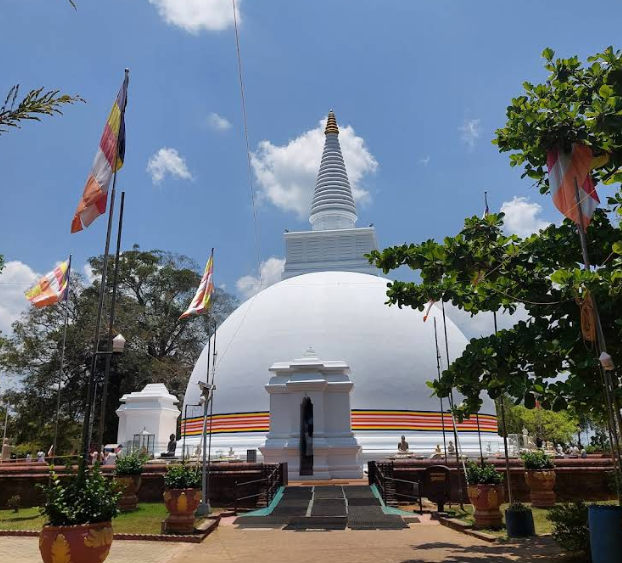
Importance of Restoration
The restoration of Somawathiya Chaitya not only restored the physical form but also helped to reclaim its position as a spiritual center for Buddhists. The venture that was commenced in the 20th century has helped preserve the stupa for future generations, and now it is a living testament to Sri Lanka’s Buddhist heritage and the resilience of its traditions.
The past of decadence and restoration of Somawathiya Chaitya is a real indication of the dedication and perseverance of the Sri Lankan government and Buddhist community both to preserve their sacred monuments for future generations to admire and worship.
LTTE Attack
Somawathiya was attacked by the insurgent group LTTE (Liberation Tigers of Tamil Eelam) in 1987, which has been outlawed as a terrorist organization by various states like Sri Lanka, India, the USA, and the EU. They had tried to remove the crestjewel of the Stupa but left the task unfinished for some reason (Wikramagamage, 2004)
Somawathi Stupa Slab Inscription of Kanittha Tissa
In 1954, a major discovery was made close to the Somawathi Stupa by W.S. Karunaratna, Assistant Archaeological Commissioner for Epigraphy. This discovery, the Somawathi Stupa Slab Inscription of Kanittha Tissa, is of immense historical significance. The inscription records the founding of a sacred grove and the land grant made by King Kanittha Tissa for the upkeep and maintenance of the grove.
This inscription is an important segment of Sri Lankan Buddhist history since it provides a glimpse of the roles of kings in patronizing and upholding religious sites, ensuring that religious rituals could be continued. The inscription also provides information on the system of administration and society of the times, and how the roles of royalty were presented to the Buddhist world.
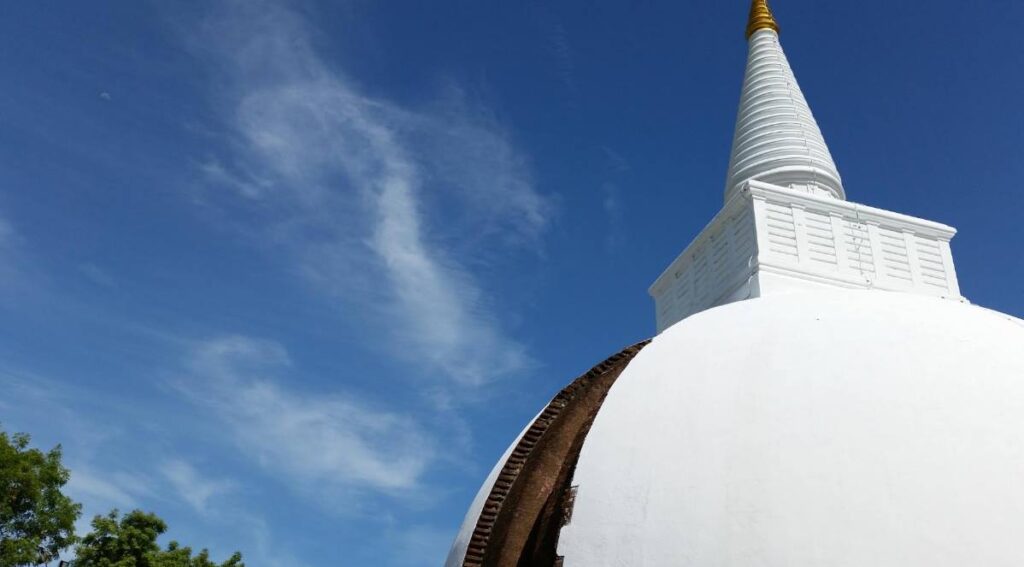
Eric Swan Boulder and Other Lithic Records
Besides the Somawathi Stupa Slab Inscription, there are two other lithic accounts found on a rock boulder called Eric Swan, which is not too distant from Somawathiya. Eric Swan was a photographer who had died suddenly in 1952 due to the attack of a wild elephant near the location. This discovery of two more inscriptions also highlights the religious and historical importance of the area, with further evidence of the ancient rituals and events to have taken place at Somawathiya.
Archaeological Protection Status
The Somawathi Stupa has been officially declared to be historically and culturally important. It was officially declared a protected archaeological monument by the Sri Lankan government in a Gazette notification dated 7 July 1967. This declaration ensures the protection and preservation of the Somawathi Stupa and its surroundings, keeping it intact for future generations.
Somawathi Stupa is found in No. 11 last Bu-akshana Pumbura property in the Minvillu village in Aralaganwila Divisional Secretary’s Division. As a protected site, it is an important religious and cultural site in Sri Lanka, and efforts for the preservation of its integrity continue to make the sacred site remain a means for spiritual introspection and historical inquiry.
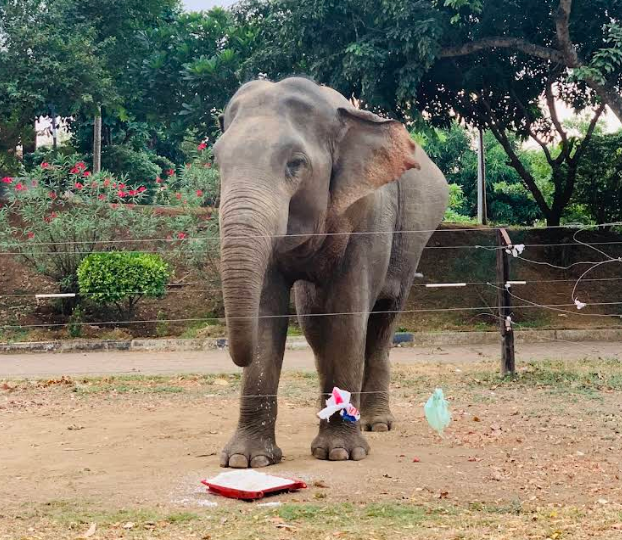
Importance of Protection and Preservation
The juridical protection of the Somawathi Stupa becomes highlighted in regards to its national importance as a religious, cultural, and historic monument. Actions to preserve the stupa, its inscriptions, and its surroundings increase the likelihood that the next generations are able to benefit from this holiest of shrines. Protection by the governments through the protection laws of the archaeological sector operates to underscore the desire for safeguarding Sri Lanka’s rich heritage of Buddhism. All three discoveries, the Kanittha Tissa Slab Inscription find, the additional lithic records at Eric Swan, and the official recognition of the Somawathi Stupa as a protected area, illustrate the depth of history in the area and the ongoing efforts at preserving its sanctity.
Somawathiya is 20km north east of Polonnaruwa. The roads to Somawathi start in Polonnaruwa and also in Minneriya. Both the approach roads meet in Sungawila. Then comes a 10 km long earth road that runs through parts of the Somawathi nature reserve, it can be crossed only by all-terrain vehicles.
Route Overview
From Colombo:
- By Car or Taxi: Drive approximately 220 km north-east via the A6 and A11 roads. The journey takes about 4–5 hours, depending on traffic.
- By Public Transport: Take a bus from Colombo to Polonnaruwa. From Polonnaruwa, hire a tuk-tuk or taxi to the stupa, approximately 45 minutes away.
From Polonnaruwa:
- Head towards Hospital Junction between Polonnaruwa and Kaduruwela.
- Continue on the A11 road to Sungawila, the last town before the park entrance.
- From Sungawila, proceed on a 12 km unpaved road through the Somawathiya National Park to reach the stupa
From Minneriya:
- Drive through Higurakgoda to Sungawila.
- Follow the same unpaved road from Sungawila to the stupa.
Travel Tips
- Vehicle Type: A 4WD vehicle is recommended, especially during the rainy season, as the road can be challenging.
- Wildlife: Be cautious of wild elephants, particularly during early morning or evening hours.
- Guides: Hiring a local guide can enhance your experience, providing insights into the site’s history and significance
Visiting Information
- Opening Hours: Open 24 hours daily.
- Entry Fee: Free; donations are appreciated.
- Dress Code: Modest attire is required; shoulders and knees should be covered.
- Facilities: Basic amenities are available; it’s advisable to carry water and snacks.
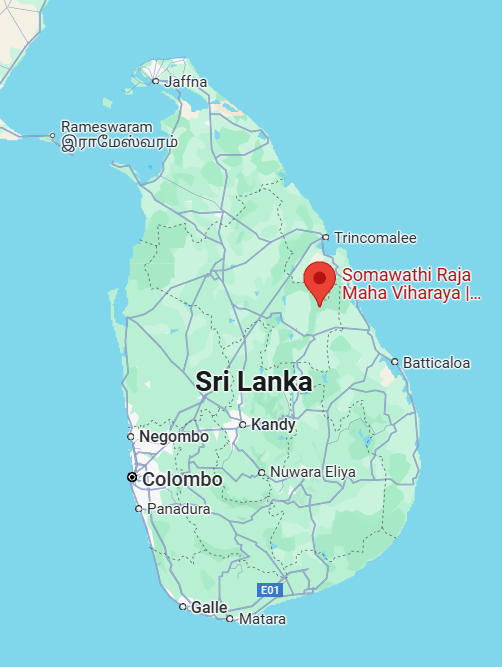
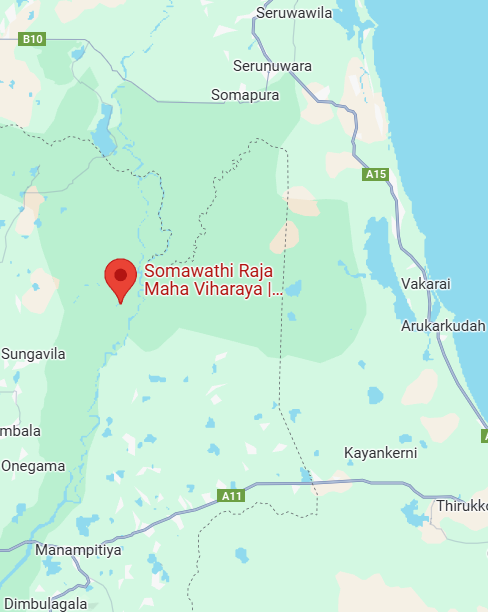





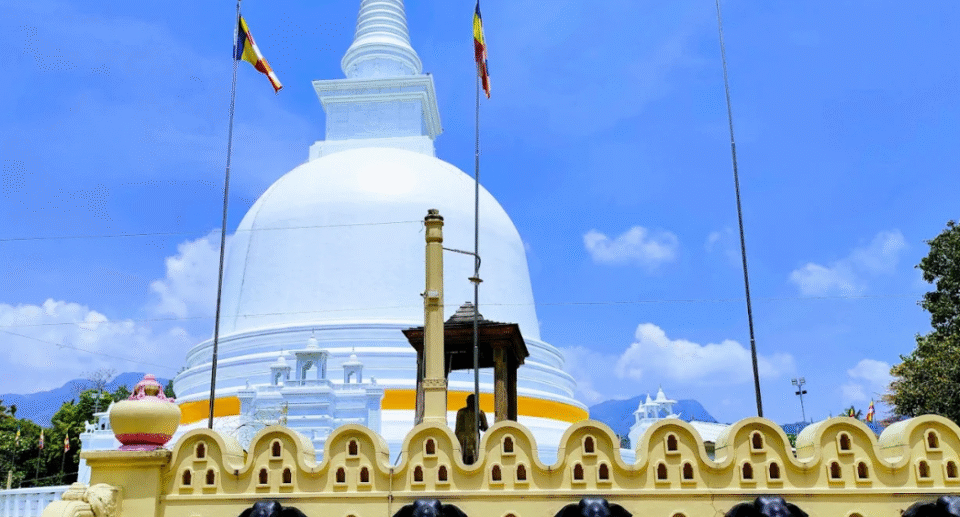
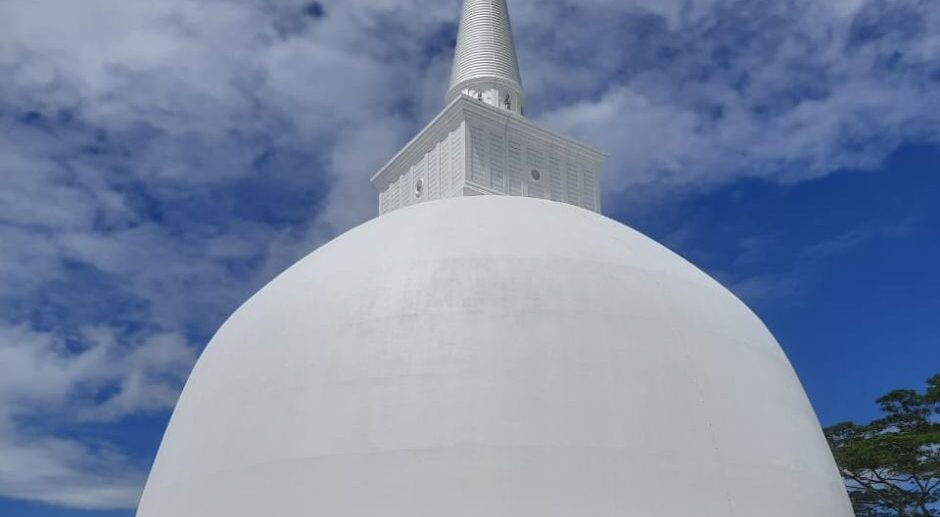
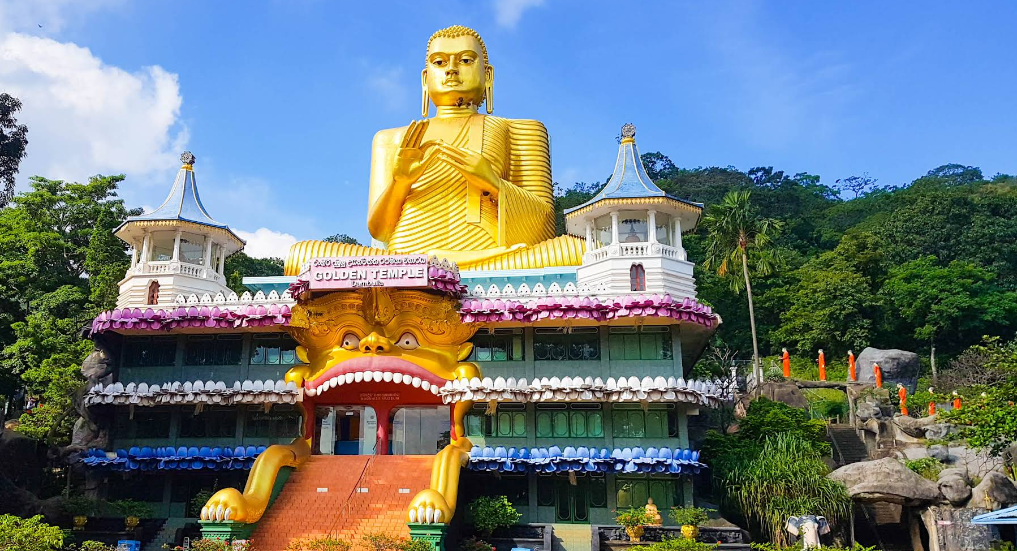
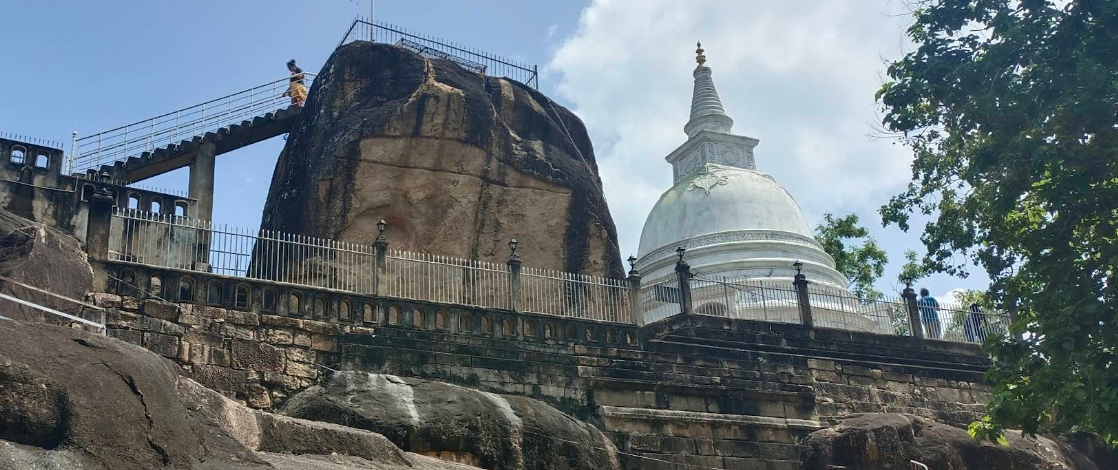
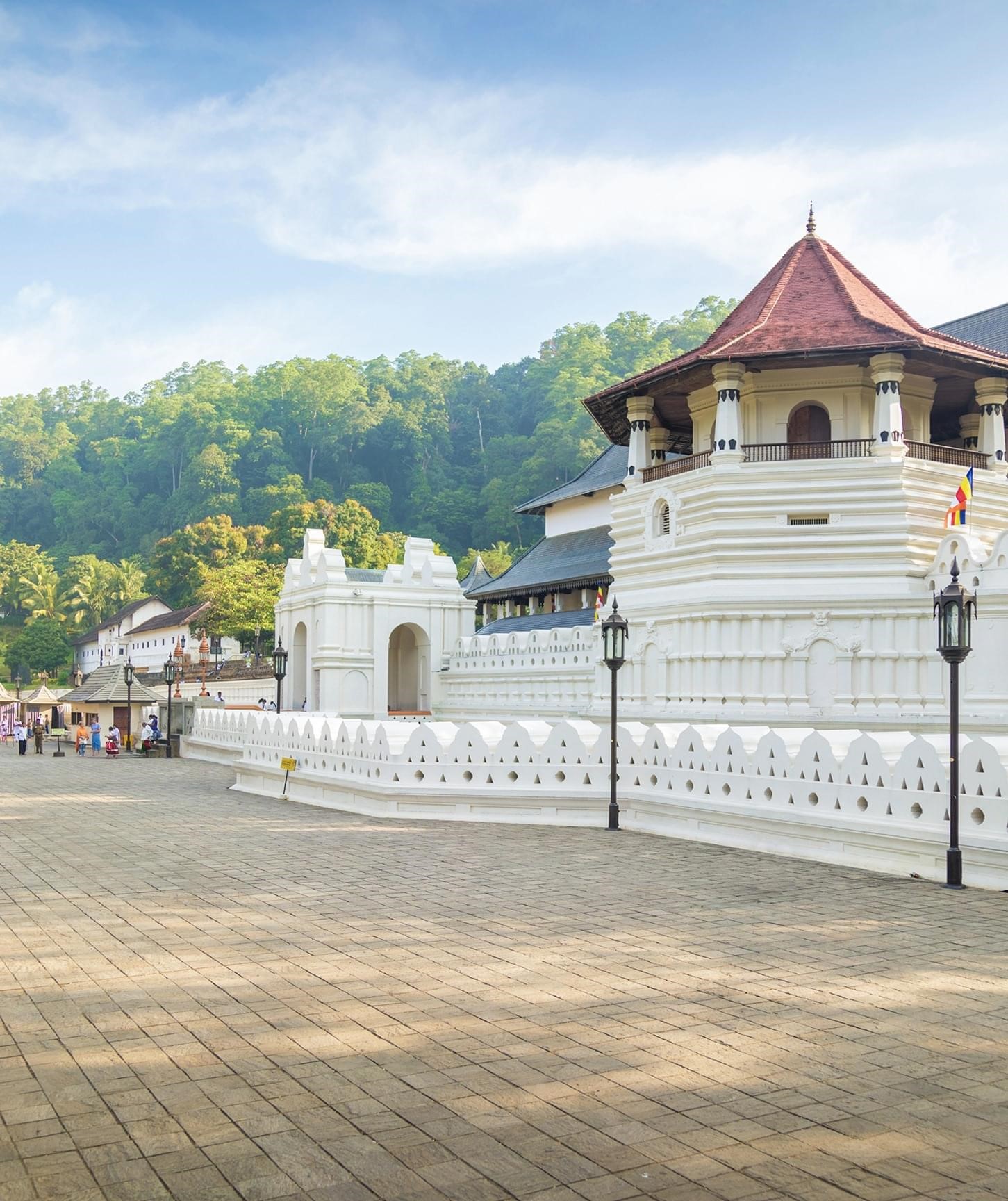
1 Comment
some really great info , Gladiolus I detected this.